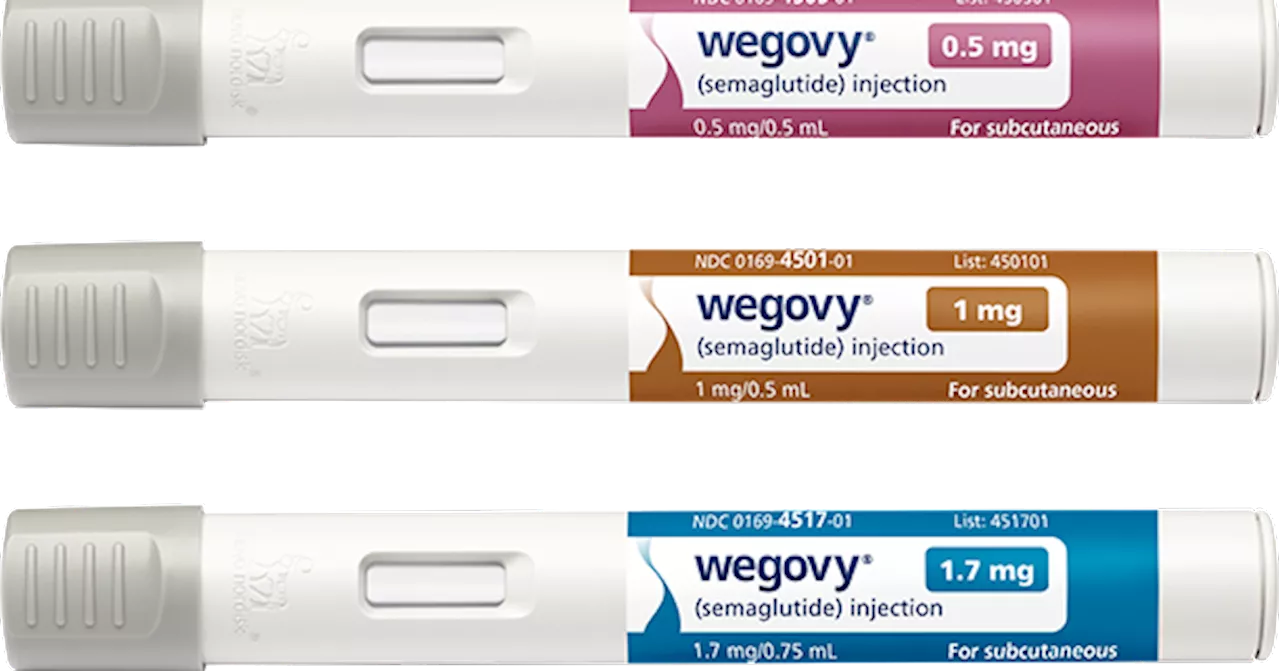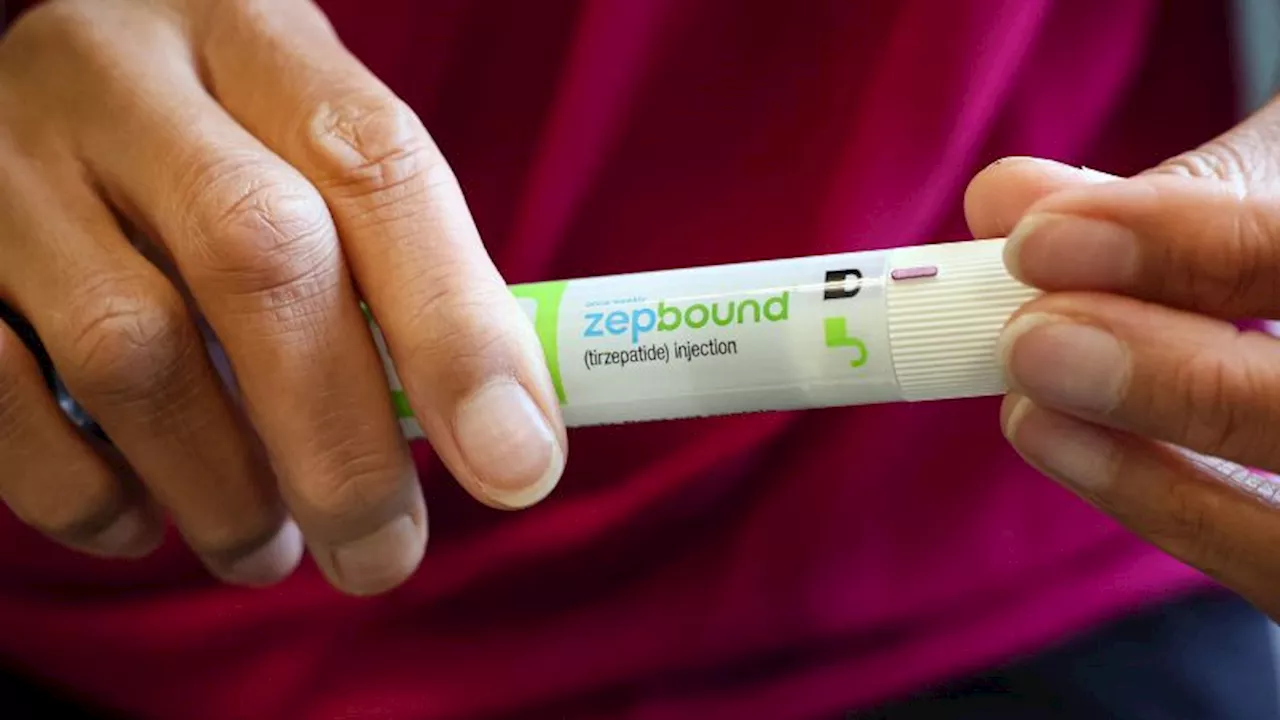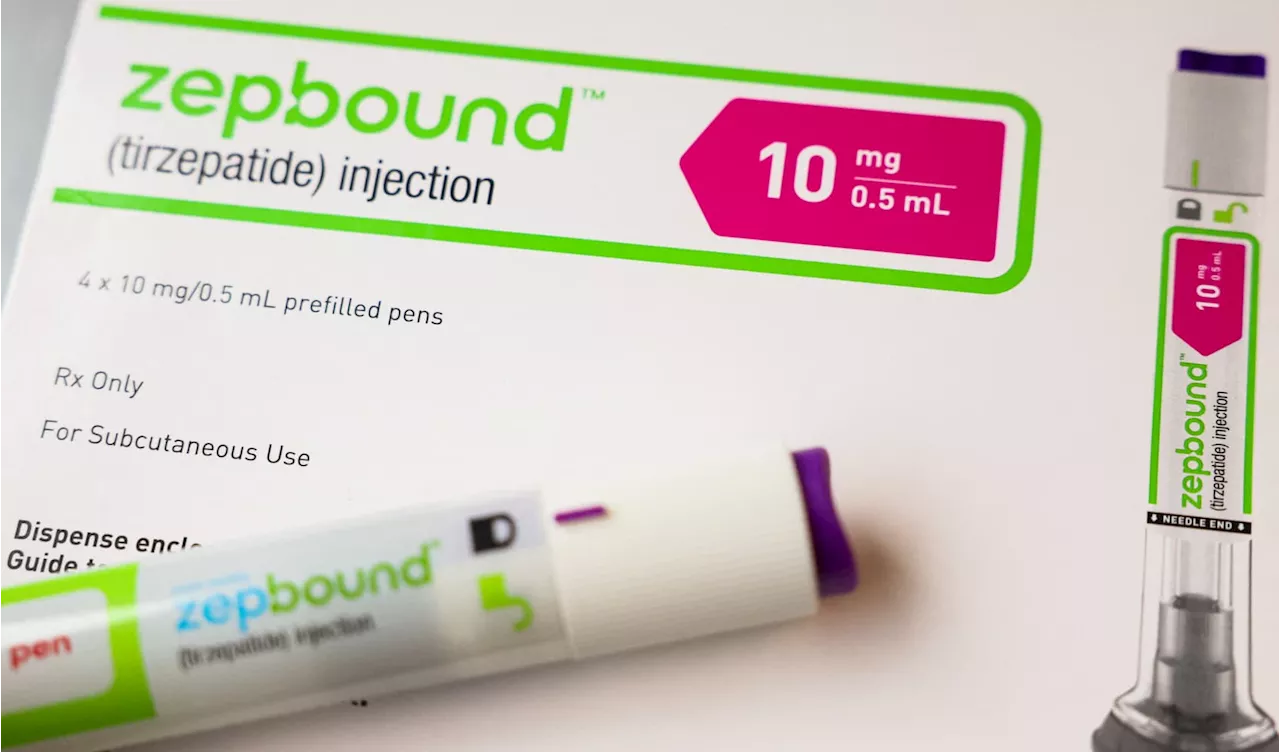One in eight US adults has tried medications from the fast-growing class of new diabetes and obesity drugs that includes Ozempic and Zepbound, underscoring...
A new study shows the popular GLP-1 drugs have taken off among overweight Americans, even though they are difficult to afford.
. If the KFF survey’s results reflect the total US adult population, it would mean that roughly 30 million Americans have tried the medications.Drugs including Eli Lilly & Co.’s Mounjaro and Zepbound and Novo Nordisk A/S’s Ozempic and Wegovy are deepening their reach into the US population where rates of diabetes and obesity have escalated for decades.
United Kingdom Latest News, United Kingdom Headlines
Similar News:You can also read news stories similar to this one that we have collected from other news sources.
 The Difference Between Zepbound and Ozempic, and How They WorkThe active ingredients in these popular type 2 diabetes treatments are being used to treat a wide range of health conditions. Here's what sets them apart.
The Difference Between Zepbound and Ozempic, and How They WorkThe active ingredients in these popular type 2 diabetes treatments are being used to treat a wide range of health conditions. Here's what sets them apart.
Read more »
 One in 8 U.S. Adults Have Now Used Blockbuster Meds Like OzempicKey Takeaways
One in 8 U.S. Adults Have Now Used Blockbuster Meds Like OzempicKey Takeaways
Read more »
 Popular weight loss drugs in tight supply as Zepbound shortage could last through JuneMost doses of Wegovy and Zepbound have limited availability, the FDA says.
Popular weight loss drugs in tight supply as Zepbound shortage could last through JuneMost doses of Wegovy and Zepbound have limited availability, the FDA says.
Read more »
 Eli Lilly’s weight loss drug Zepbound found to reduce sleep apnea, company saysBerkeley Lovelace Jr. is a health and medical reporter for NBC News. He covers the Food and Drug Administration, with a special focus on Covid vaccines, prescription drug pricing and health care. He previously covered the biotech and pharmaceutical industry with CNBC.
Eli Lilly’s weight loss drug Zepbound found to reduce sleep apnea, company saysBerkeley Lovelace Jr. is a health and medical reporter for NBC News. He covers the Food and Drug Administration, with a special focus on Covid vaccines, prescription drug pricing and health care. He previously covered the biotech and pharmaceutical industry with CNBC.
Read more »
 Weight loss drug Zepbound may help people with obstructive sleep apnea, drugmaker saysZepbound, a popular weight loss drug, also seems to help people with obstructive sleep apnea, drugmaker Eli Lilly said Wednesday.
Weight loss drug Zepbound may help people with obstructive sleep apnea, drugmaker saysZepbound, a popular weight loss drug, also seems to help people with obstructive sleep apnea, drugmaker Eli Lilly said Wednesday.
Read more »
 Eli Lilly's Zepbound shows promise as a sleep apnea treatment in late-stage trialsThe pharmaceutical giant plans to present the trial data at an upcoming medical conference and submit them to the U.S. Food and Drug Administration mid-year.
Eli Lilly's Zepbound shows promise as a sleep apnea treatment in late-stage trialsThe pharmaceutical giant plans to present the trial data at an upcoming medical conference and submit them to the U.S. Food and Drug Administration mid-year.
Read more »
